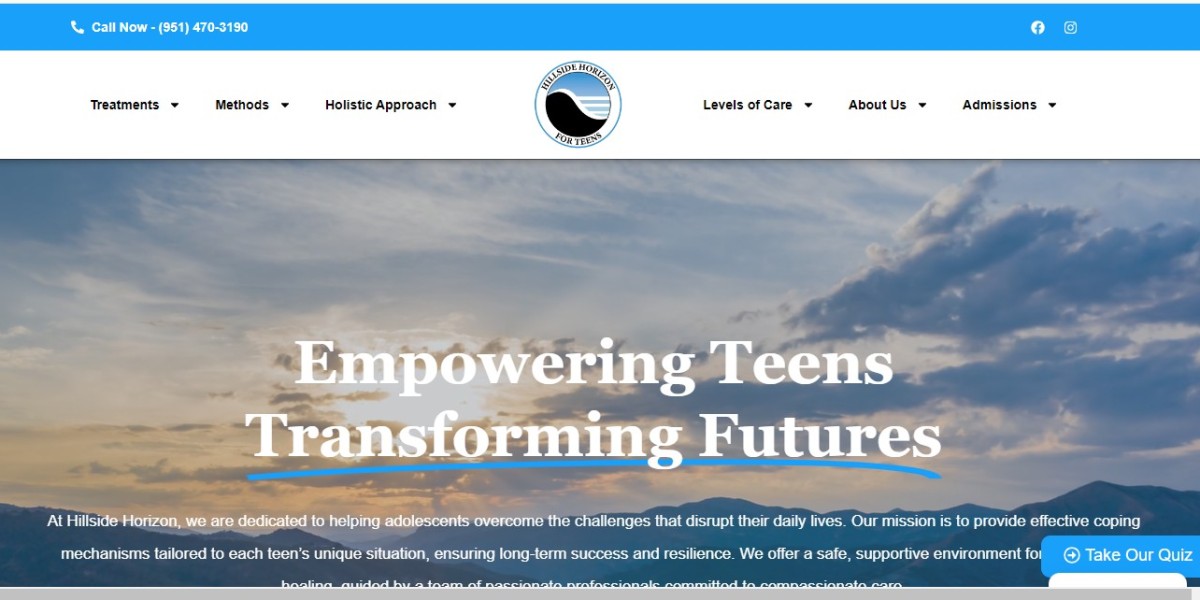Originally published by Quantzig: Marketing Optimization in Banking: The Ultimate Guide
Marketing Optimization in Banking: A Comprehensive Overview
In today's rapidly evolving banking landscape, effective marketing resource management is vital for improving client outcomes. Financial institutions are grappling with a complex array of services, including traditional branch banking, online offerings, and various digital platforms. To foster customer satisfaction and loyalty, banks must adopt a holistic strategy that leverages data analytics and insights into consumer behavior.
Integrating Multichannel Approaches
Successful banks recognize the importance of integrating multiple channels, balancing the needs of physical branches with digital interactions. Seamless multichannel integration not only enhances the customer experience but also necessitates strategic operational adjustments. This approach enables banks to be more cost-effective while maximizing the insights derived from advanced analytics, ultimately driving better customer engagement.
Leveraging Customer Insights
Understanding customer behavior is crucial for optimizing marketing channels. By employing data-driven decision-making, banks can analyze customer preferences and behaviors, which are key to developing tailored marketing strategies. This understanding becomes even more critical during the transition to digital banking, where it is essential to meet the distinct needs of both tech-savvy and traditional customers. With a robust data foundation, banks can allocate marketing budgets effectively and foster loyalty by aligning services with specific customer segments.
Transforming Customer Experience through Digital Innovation
As digital transformation reshapes the financial services sector, banks are rethinking their customer experience strategies. They are prioritizing the development of digital products and services that align with the expectations of tech-savvy consumers. Social media and online platforms play an integral role in engaging customers, driving sales, and enhancing overall interaction. Embracing digital solutions has evolved from being merely a trend to a strategic necessity in the current banking environment.
Strategic Allocation of Marketing Spend
To maximize marketing effectiveness, banks need to adopt a phased approach to customer acquisition while meticulously managing their advertising budgets. This strategic allocation should take into account customer lifetime value, ensuring that resources are directed towards high-priority initiatives that stimulate engagement and sales. As financial institutions increasingly embrace data-driven decision-making, a strategic approach to marketing expenditure becomes critical for maintaining competitiveness.
Tackling Client Challenges
One prominent bank encountered difficulties in managing its marketing budget, with approximately $300,000 spent annually without a clear strategy. In response, Quantzig partnered with the bank to evaluate the effectiveness of its existing marketing approaches and pinpoint areas for improvement. The objective was to ensure that marketing funds were targeted towards the appropriate audiences through the most effective channels.
Quantzig’s Innovative Solution for Marketing Optimization
Quantzig employed advanced analytics and machine learning techniques to analyze the bank’s marketing data. By establishing a decision-making framework that included data-mining strategies, the team assessed the effectiveness of the bank's marketing initiatives. They forecasted monthly marketing expenditures and categorized customers based on their transaction behaviors. This detailed analysis highlighted opportunities to concentrate on high-value customers and adjust spending to align with their needs.
The Impact of Quantzig's Approach
The introduction of Quantzig's decision-making framework greatly reduced the risk of misallocating marketing resources. By concentrating on key performance metrics such as customer lifetime value, cost per acquisition, and net promoter scores, the bank was able to refine its marketing strategies. As a result, the bank experienced a decrease in paid search advertising costs, a more streamlined budget development process, and increased investment in niche markets.
Conclusion: The Future of Marketing Optimization in Banking
The pandemic has highlighted the necessity for more stringent marketing spend management across various sectors, including banking. As financial institutions face budget scrutiny, marketers must concentrate on high-revenue-generating channels. Quantzig’s data-driven methodologies empower banks to shift from traditional marketing practices to more effective decision-making frameworks, significantly enhancing marketing efficiency and promoting growth.
In summary, optimizing marketing channels is essential for modern banks, particularly when managing marketing expenditures. By gaining a deeper understanding of customer behavior, leveraging data effectively, and integrating digital platforms, financial institutions can make informed decisions that prioritize customer needs while optimizing operational efficiency.

